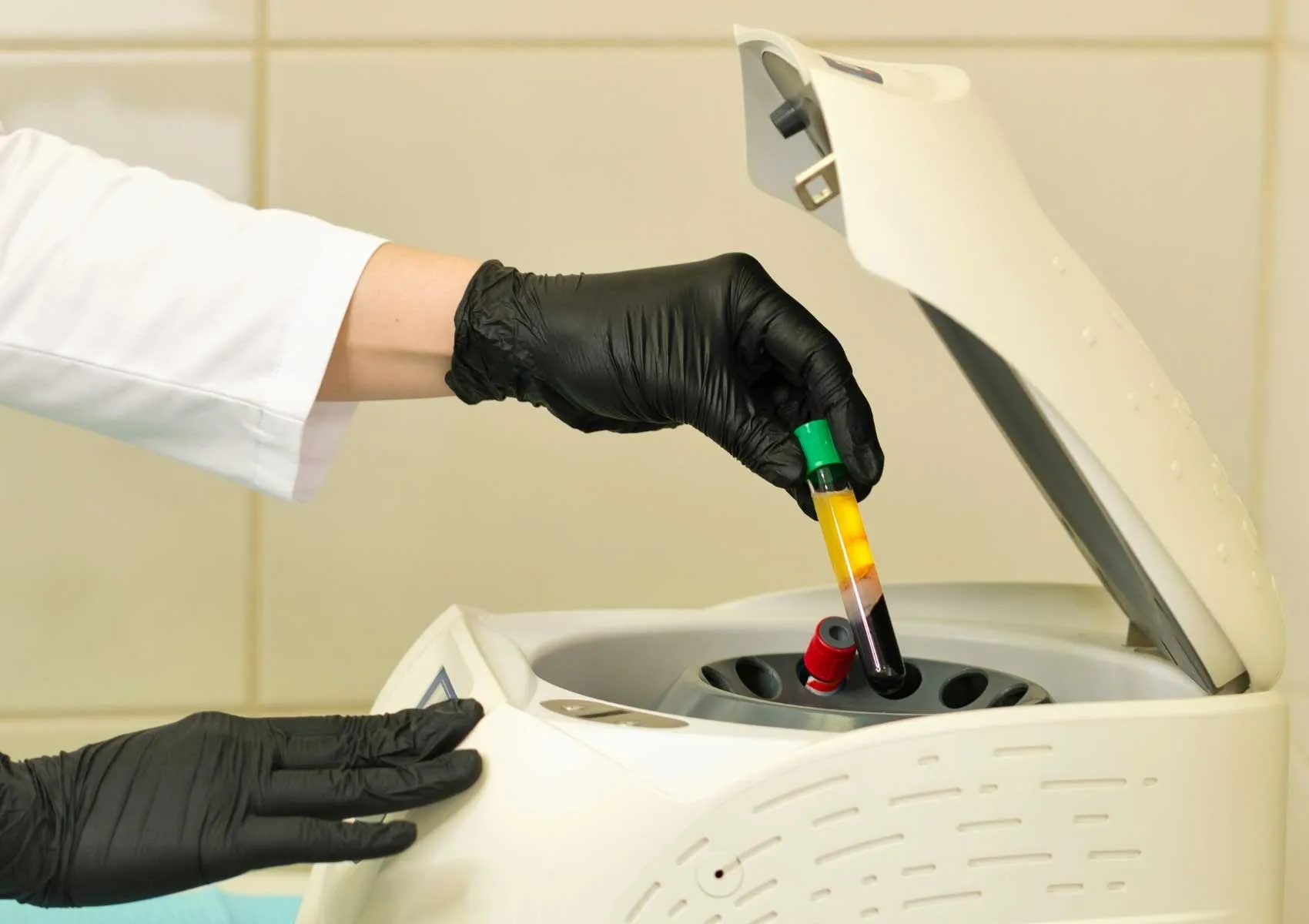PRP in Sports Injuries: Is Fast Recovery Possible?
A Biological Boost for Getting Back in the Game
Injuries to tendons, ligaments, and muscles are common in both professional and amateur athletes. These injuries can disrupt training schedules, impair performance, and cause long-term setbacks. In this context, PRP (Platelet-Rich Plasma) therapy has gained popularity as a non-surgical, biologically based treatment aimed at accelerating healing and promoting faster return to sport.
But can PRP really speed up recovery? Does it offer a significant advantage over traditional treatments? In this article, we take a deep dive into the role of PRP in sports injury management, its impact on healing, and what the science actually says.
What Is PRP and How Is It Applied?
PRP is a solution derived from the patient’s own blood, containing a high concentration of platelets. These platelets release growth factors that promote tissue repair, collagen production, and local healing responses.
The procedure includes:
- Drawing about 10–30 ml of blood from the athlete
- Centrifuging the blood to isolate the platelet-rich plasma
- Injecting the PRP directly into the injured area under ultrasound guidance
- The procedure typically lasts 15–20 minutes and is performed on an outpatient basis
Since PRP is autologous (comes from the patient), it’s safe, minimally invasive, and allows athletes to return to normal activities quickly.
Which Sports Injuries Can Be Treated with PRP?
PRP is most commonly used in soft tissue injuries, including:
- Muscle strains or minor tears (e.g., hamstring, quadriceps)
- Tendinitis and tendinosis (Achilles, patellar, or elbow tendons)
- Ligament sprains (e.g., MCL or ankle sprains)
- Rotator cuff injuries in the shoulder
- Plantar fasciitis
- Postoperative healing support
PRP is not a substitute for surgery in complete ligament ruptures or severe meniscal tears, but it can support healing and rehabilitation in conjunction with other treatments.
Can PRP Really Accelerate Healing?
In appropriately selected cases, the answer is yes. The growth factors within PRP stimulate natural repair mechanisms:
- Encouraging tissue regeneration
- Enhancing collagen synthesis
- Regulating inflammation
- Reducing pain and improving mobility sooner
However, PRP is not a miracle solution. Its success depends on factors such as the type of injury, age and health status of the athlete, and compliance with post-injection rehabilitation.
What Does the Research Say?
Clinical studies and sports medicine literature support PRP's use in specific injury types:
- In hamstring injuries, athletes treated with PRP returned to sport about 5 days earlier on average
- In patellar tendinitis, PRP showed longer-lasting pain relief than corticosteroid injections
- In chronic Achilles tendinopathy, PRP led to a 60% reduction in pain scores in some studies
Meta-analyses suggest that PRP is more effective in chronic injuries than in acute trauma, particularly in tendon-related issues.
Return to Sport Timelines After PRP
Recovery times vary depending on the type and severity of the injury:
- Mild muscle strains: return in 2–3 weeks
- Tendinitis cases: return in 3–6 weeks
- Chronic tendinosis: recovery may take 6–8 weeks
Timelines also depend on the athlete’s level, treatment adherence, and proper loading protocols during rehab.
What Should Athletes Be Aware Of?
While PRP can help reduce healing time, success depends on careful post-treatment management:
- Avoid high-impact activity for the first 48 hours after injection
- Begin physical therapy under professional guidance
- Gradually increase training load—avoid rushing the return
- Understand that PRP is part of a broader rehab plan, not a standalone cure
FAQ
-
How soon can I return to training after PRP?
Depending on the injury, most athletes can resume training within 2–6 weeks.
-
Is PRP a painful procedure?
Most patients experience only mild discomfort during and after the injection. Local soreness may last for 1–2 days.
-
How many PRP sessions are needed?
Typically 1–3 sessions, spaced 2–4 weeks apart, depending on the injury and response.
-
Do I need physical therapy after PRP?
Yes. Rehabilitation enhances PRP’s effectiveness and ensures proper tissue healing.
-
Who may not benefit from PRP?
Older athletes, smokers, or those with chronic diseases (like diabetes) may respond less favorably to PRP.

